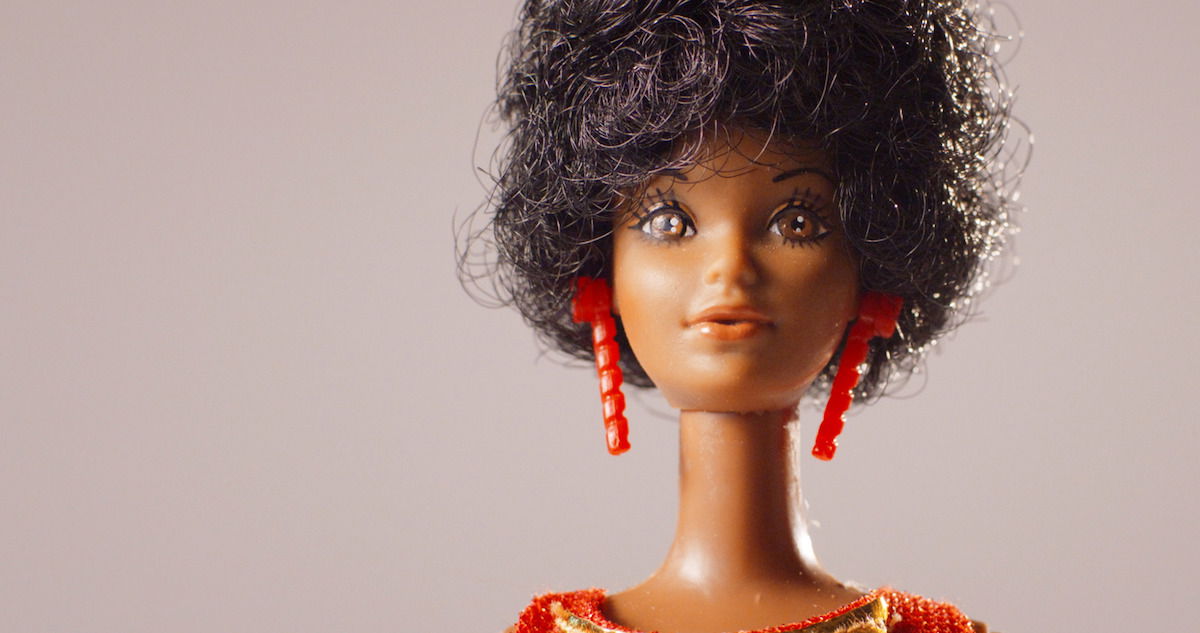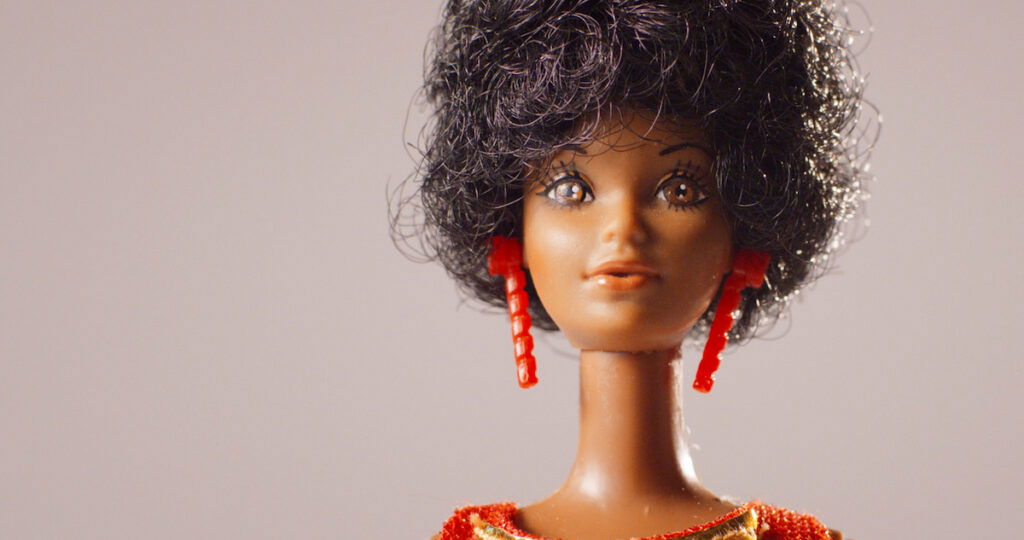
July 9, 2025
The doll comes with medical accessories that many others living with Type 1 diabetes would have.
Mattel’s is representing children in a major way by introducing the first-ever Barbie with Type 1 diabetes.
Alongside this special doll’s arm lies her continuous glucose monitor, appropriately secured by heart-shaped pink tape. Inside Barbie’s purse, children can find her smartphone with the CGM app displayed. An insulin pump is also present on her body. All of these items are common to those living with Type 1 diabetes.
Now, children with the autoimmune condition can get a Barbie that has these same special accessories. In true Barbie fashion, the doll comes with a matching blue polka-dot skirt set.
According to Mattel, the creation of this Barbie aims “to enable more children to see themselves reflected and encourage doll play that extends beyond a child’s lived experience.” It was developed in partnership with the global Type 1 diabetes not-for-profit Breakthrough T1D, and a major feat in expanded representation for the toy brand.
“Barbie helps shape children’s early perceptions of the world, and by reflecting medical conditions like T1D, we ensure more kids can see themselves in the stories they imagine and the dolls they love,” explained Krista Berger, senior vice president of Barbie and global head of dolls, as reported by The Guardian.
Berger also called the dolls “an important step in our commitment to inclusivity and representation.” According to the CDC, approximately 304,000 U.S. children and young adults under the age of 20 have diagnosed Type 1 diabetes.
Often diagnosed in childhood, patients with Type 1 diabetes need to monitor their glucose and insulin levels daily. This new Barbie was created with these experiences in mind. The doll’s insulin pump gives her dosages as needed. Her blood sugar remains level with the CGM on her arm and accompanying app. Like many actually living with Type 1, Barbie also has a bag big enough to keep snacks on hand to help with any issues surrounding her blood sugar.
“I’m absolutely thrilled that Barbie now includes a doll with Type 1 diabetes,” said Karen Addington, CEO of Breakthrough T1D UK. “For children with T1D who don’t often see themselves represented, this doll will be a powerful role model, celebrating their strength and bringing recognition, inclusion, and joy to their play.”
Mattel wants to expand its Barbie collection to better fit the diverse world around them. Barbie started championing diversity in its dolls with the first official Black doll in 1980. Since then, it has expanded to more races, professions, and medical conditions. They also include dolls with vitiligo or one that use hearing aids and wheelchairs.
The doll is available now through retailers such as Walmart and Amazon.
RELATED CONTENT: ‘Black Barbie’: A New Documentary Showcases Doll’s Creation And Impact On Diversity





